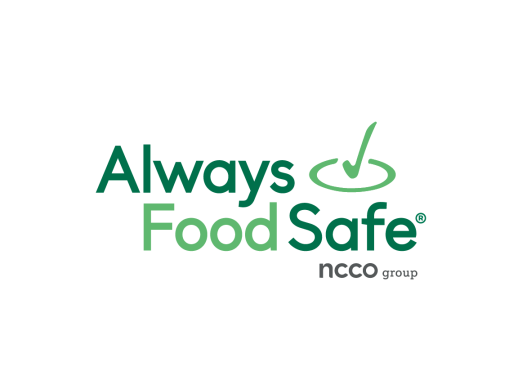In 2018, over 200 million U.S. consumers visited a sit-down restaurant. When considering that 4% of American adults have a food allergy, means dining out is difficult for many people. When you are not the one preparing the food, it’s hard to know exactly what’s in it. For people with food allergies, even a small trace of an allergen could trigger an allergic reaction.

 English
English
 Spanish
Spanish
